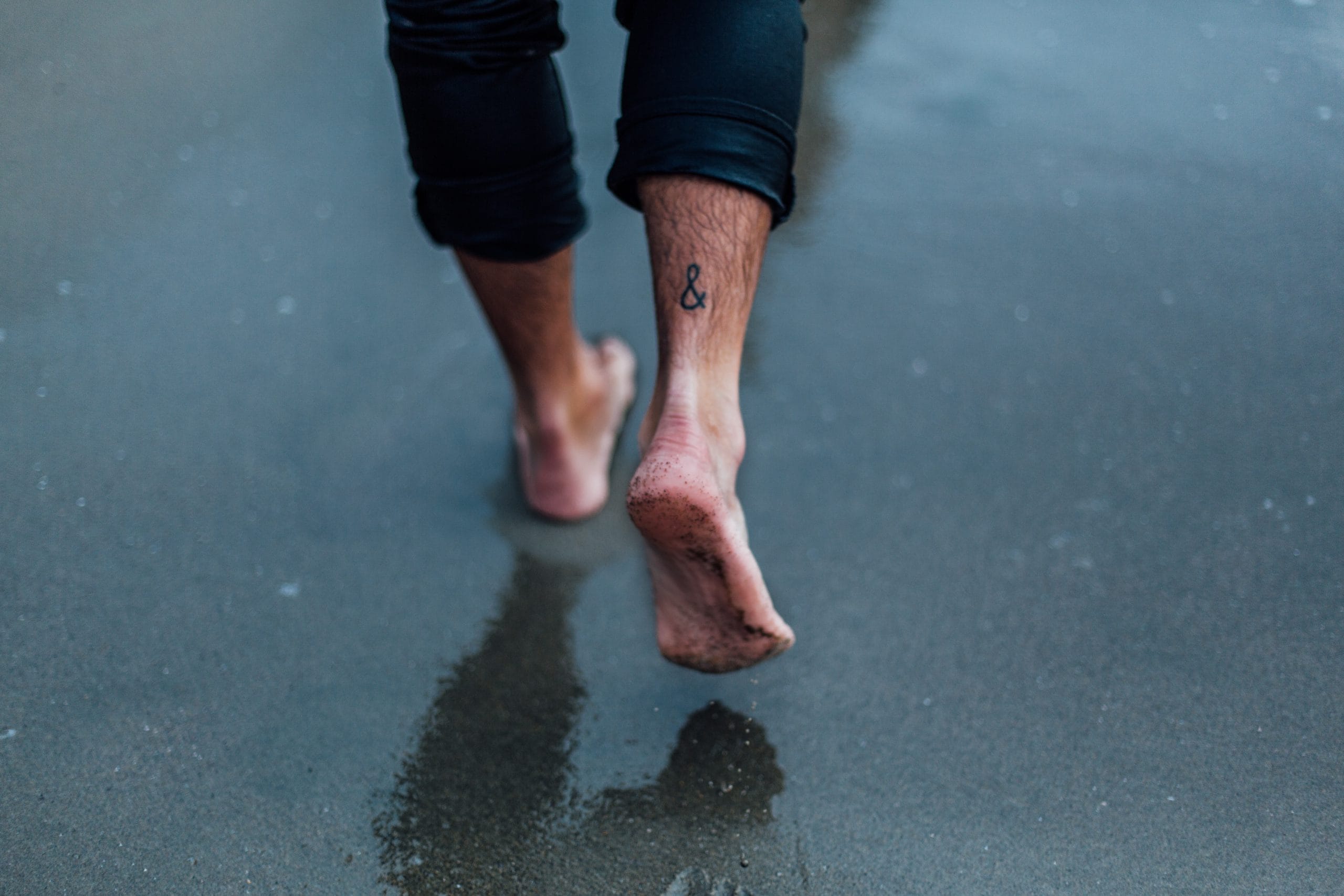Our feet play a crucial role in our daily lives. They support us, help us walk, and maintain our balance. Sadly, they are often overlooked, which can be especially risky for individuals with diabetes. The risk of developing diabetic leg ulcers is worrisome, with hospitalizations and even amputations being potential outcomes.
To combat this, it’s important to prioritize daily foot care and implement these simple yet highly effective recommendations:

- Regularly inspect your feet for any changes in the skin, leg sores, lesions, or injuries. With decreased pain, temperature, and touch sensations being common in diabetic patients, visual checks are crucial.
- Ensure your feet are thoroughly washed and dried, paying extra attention to the areas between the toes.
- Hydrate your heels using a low-pH lotion.
- Avoid cutting, shaving, or attempting to remove any cracks, calluses, or fissures on your own.
- Choose properly fitting shoes that do not cause any rubbing against the skin.
- Always wear socks with your shoes and refrain from walking barefoot or solely in socks.
- Engage in physical activity and exercise, as it can help improve your diabetes management. However, it’s important to consult a healthcare professional before starting any program.
- Seek professional assistance when it comes to trimming your toenails. Due to the loss of sensation, a simple cut can lead to severe complications. Consult with a podiatrist for guidance.
- If you require compression stockings to enhance your circulation, consult a certified wound care or lymphedema specialist first. This will ensure you obtain the appropriate garment to avoid any potential foot complications.
By implementing these preventive measures and caring for your feet, you can minimize the risk of diabetic leg ulcers and sores on your feet. Remember, your feet deserve your attention, especially when dealing with diabetes-related concerns.
